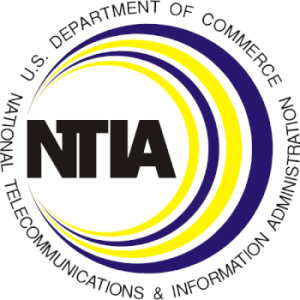The Broadband Equity, Access, and Deployment (BEAD) Program, administered by the National Telecommunications and Information Administration (NTIA), represents a monumental effort to bridge the digital divide in the United States. With a staggering $42.45 billion in federal funding allocated to all 56 states and territories, this initiative aims to connect approximately 25 million Americans without access to high-speed internet. The program’s impact extends beyond mere connectivity, promising significant economic benefits and societal improvements.
Economic Benefits
The BEAD program is poised to have a profound economic impact by enhancing broadband infrastructure, which is crucial for modern economic development. Improved broadband connectivity can increase economic growth, job creation, and innovation across various sectors, including education, healthcare, and commerce1. For instance, enhanced broadband can facilitate remote work, attract businesses to previously underserved areas, and improve access to digital services essential for modern businesses.
Moreover, the program’s focus on unserved and underserved communities aligns with broader economic development goals. By providing reliable internet access, these communities can better participate in the digital economy, access educational resources, and benefit from telehealth services, all of which contribute to improved quality of life and economic stability.
Implementing the BEAD program involves a multi-step process, including submitting Initial Proposals by states and territories, a challenging process to identify unserved locations, and the selection of subgrantees to deploy broadband infrastructure. This process requires significant coordination between state governments, local communities, and internet service providers (ISPs), ensuring that funding is allocated effectively to meet the needs of unserved and underserved areas.
However, challenges persist, including the need for a substantial workforce to implement these projects. The NTIA has emphasized the importance of workforce development to ensure that tens of thousands of workers are trained and ready to deploy broadband networks across the country. Additionally, while the BEAD funding is substantial, it may not cover long-term network maintenance and digital literacy programs, necessitating state-level planning for these ongoing costs.
The NTIA’s BEAD program represents a significant investment in the nation’s digital infrastructure, with far-reaching economic implications. By connecting millions of Americans to high-speed internet, it has the potential to stimulate economic growth, enhance educational opportunities, and improve healthcare access. As the program unfolds, monitoring its progress and addressing its challenges will ensure its success and maximize its economic benefits.



